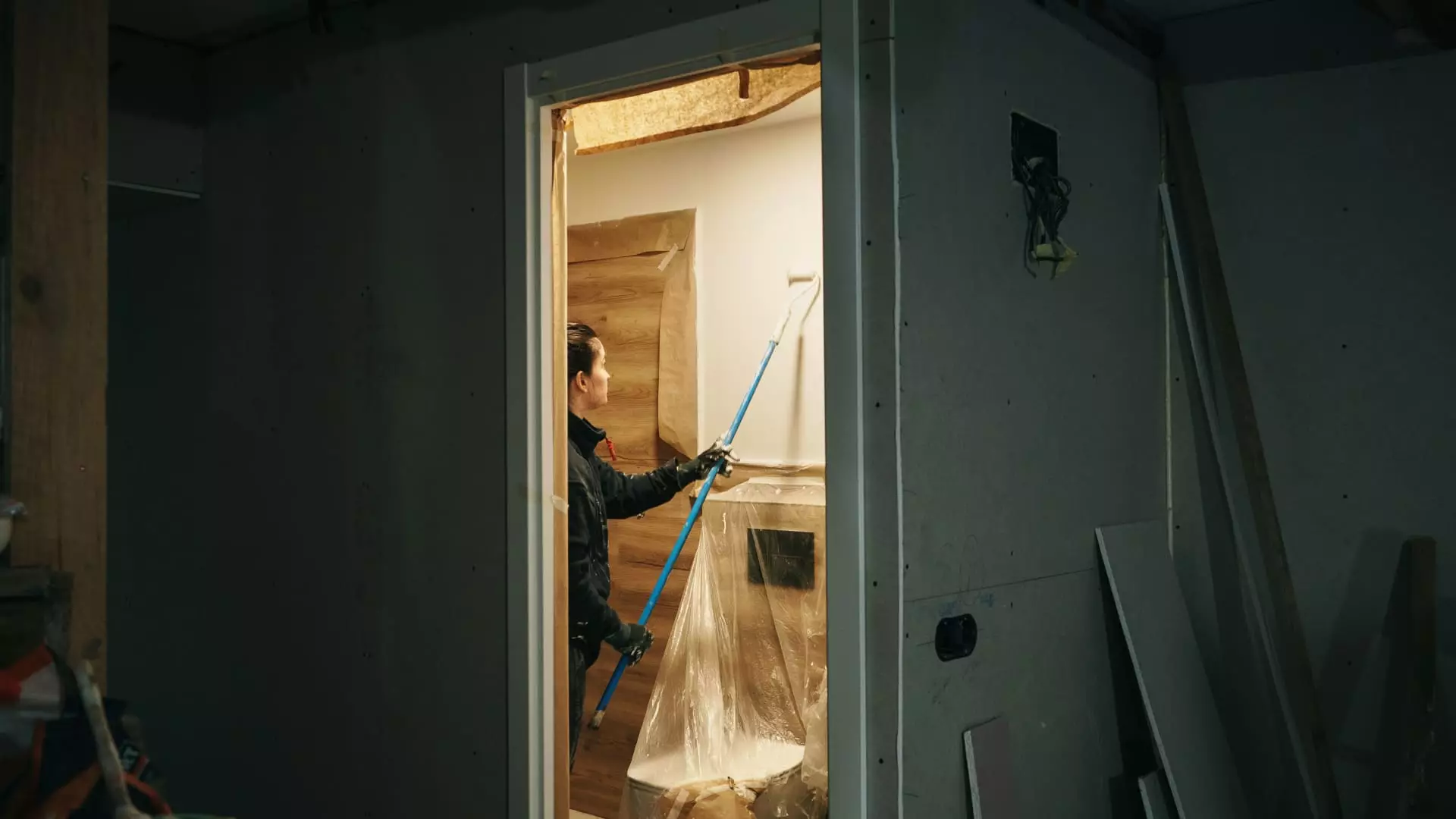For years, the fix-and-flip housing sector has been hailed as a lucrative playground for daring investors seeking quick returns amid a booming real estate landscape. The narrative painted a picture of relentless growth, low holding times, and seemingly endless opportunities for profit. Yet, beneath this veneer of prosperity lies a fragile foundation that is swiftly eroding under the weight of economic realities. The recent downturn, marked by rising interest rates and a tightening labor market, exposes the superficial optimism that misled many into believing that the market’s momentum was sustainable. This isn’t just a temporary setback; it’s a stark reminder that the promises of quick riches in property flipping are increasingly fragile, especially for those who fail to recognize the systemic vulnerabilities laid bare by current economic shifts.
Initially, the fix-and-flip sector gave the illusion of resilience—now it is revealing its true, vulnerable character. Investors, who once thrived on rapid turnovers and minimal risk, are growing cautious, retreating from markets that show signs of saturation and stagnation. As costs escalate, profit margins shrink, and the time to resell properties lengthens, the once-glorified model of fast-flip investing reveals itself as a gamble with diminishing returns. The enthusiasm that propelled many into this market now appears naive against the backdrop of mounting economic headwinds. This is a sobering moment that challenges the core assumptions of many speculators and questions whether the fix-and-flip phenomenon was ever truly sustainable or merely a house of cards waiting for a gust of economic wind to topple it.
A Market Caught Between Overconfidence and Reality
One of the most alarming findings from recent reports is the decline in investor sentiment and confidence in the market’s short-term prospects. The index measuring the health of the flip market has shrunk noticeably, signaling a shift from exuberance to caution. The decline in sales, increasing days-on-market, and heightened competition from homebuilders all point toward a shifting landscape where supply exceeds demand and traditional profit models are under threat. Investors are now more judicious, often pulling back from deals that previously seemed like assured winners. This cautious approach isn’t just prudent; it’s necessary given the current economic environment, but it also underscores a fundamental reality: the fix-and-flip model was heavily reliant on market conditions that are no longer present.
Labor shortages and rising material costs aren’t simply inconveniences—they are systemic barriers that inflate project timelines and squeeze profit margins. The fact that costs as a percentage of sale price remain flat might seem like stability, but it is misleading. It masks the distress signals from the market—delayed transactions, reduced purchase enthusiasm, and a spiral of increased risks. Investors now have to weigh whether the potential rewards justify the mounting challenges, and many are becoming more selective, buying fewer properties, and tightening their standards. This shift from aggressive expansion to cautious conservatism indicates that the market is recalibrating and very likely entering a prolonged period of volatility and adjustment.
The Regional Divergence and the Illusion of Ubiquity
It’s tempting to assume that the decline in the fix-and-flip market is a nationwide phenomenon. However, regional disparities tell a more nuanced story. Markets like Florida, Northern California, and the Southwest are experiencing particularly adverse conditions, marked by surging resale inventories, rising insurance costs, and fierce competition from new homebuilders. These regions exemplify how overheated markets—once celebrated for their rapid appreciation—are now succumbing to their own excesses.
The narrative that homes will quickly rebound or continue climbing in value is increasingly being challenged. Price gains have decelerated sharply, with some markets registering slim annual increases, as low as 1.7%. This slowdown indicates a potential plateau or even a decline in values, especially in areas that experienced runaway growth earlier in the pandemic. This presents a double bind for flippers: not only are there fewer opportunities for profit, but existing properties may depreciate, further discouraging speculative investment. The illusion that real estate investments always yield Texas-sized gains has been shattered, replaced with a stark acknowledgment of market fragility.
The Broader Implications: A Reflection of Economic Unease
What does this mean for the wider economy? The decline in fix-and-flip activity is more than just an industry-specific issue; it is symptomatic of a broader economic unease. Elevated mortgage rates and a tighter credit environment constrain borrowing and limit housing affordability—two factors that directly curtail buying activity. Meanwhile, the labor market, strained by immigration enforcement and workforce dislocations, hampers renovation efforts, increases costs, and prolongs project timelines. This convergence of factors suggests that the housing market—once a symbol of prosperity—may be heading toward a period of stagnation or decline that could ripple across related sectors.
From a center-leaning liberal perspective, this scenario emphasizes the need for a more balanced housing policy. Relying on speculative gains and the relentless churn of fix-and-flip investments is unsustainable. Instead, fostering stable, affordable housing options and addressing systemic labor shortages could provide a more resilient foundation for the industry. The current downturn should serve as a wake-up call—a chance to recalibrate, prioritize long-term sustainability over short-term gains, and acknowledge that housing is fundamentally a social good, not just a speculative asset. If policymakers and investors alike cling to reckless optimism, they risk deepening the economic divides and exacerbating the cyclical volatility that now threatens to destabilize the market altogether.

